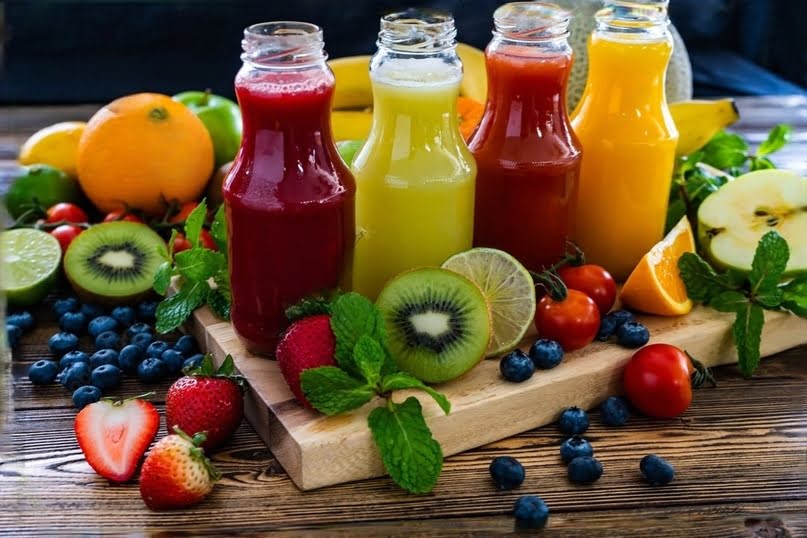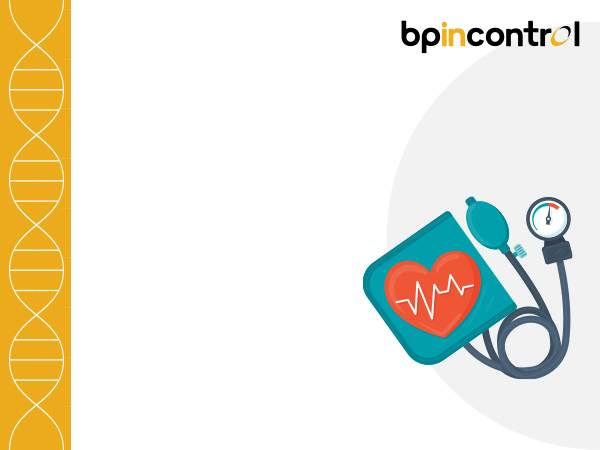Fruits that help lower blood pressure

Table of Contents
Certain foods, like fruits, vegetables, nuts, and oily fish, can effectively lower your blood pressure and lead to long-term health benefits when incorporated into your diet. You can reduce high blood pressure or hypertension and lower the risk of developing related conditions through medications, dietary adjustments, and other lifestyle changes. High blood pressure elevates your risk of heart disease, stroke, and kidney disease, but by taking these steps, you can work towards better health and well-being. Given below are a few fruits that help lower blood pressure.
1.Avocado
Avocados, high in potassium, actively regulate blood pressure by reducing sodium levels in the bloodstream and relaxing blood vessel walls. Incorporating avocados into your diet is a beneficial choice for maintaining balanced blood pressure and overall cardiovascular health.
2.Bananas
For individuals with low blood pressure, incorporating bananas into your diet can be a helpful choice. Bananas are rich in potassium, a vital nutrient that can aid in managing hypertension. A medium-sized banana provides approximately 422 milligrams of potassium, which can contribute to the maintenance of healthy blood pressure levels. You can enjoy a serving by consuming one large banana, one cup of sliced banana, or two-thirds of a cup of mashed banana.
3.Pomegranates
Pomegranates are packed with antioxidants and other beneficial components that can potentially prevent high blood pressure and atherosclerosis. Scientific findings suggest that daily consumption of pomegranate juice may lead to a reduction in systolic and diastolic blood pressure, which is particularly beneficial for those with diabetes. The flexibility of enjoying pomegranates as a whole fruit or as juice makes their inclusion in your diet an accessible and healthy choice for supporting low blood pressure management.
4.Plums
Potassium aids your body in eliminating excess sodium when you urinate, helping to maintain a balanced blood pressure. It also relaxes the walls of your blood vessels, further contributing to vascular health. By including plums in your diet, you can reduce the risk of a stroke. This potassium-rich fruit helps maintain balanced sodium levels and eases tension in blood vessel walls, improving cardiovascular health and blood pressure control.
5.Citrus fruit
For individuals with low blood pressure, consider including heart-healthy fruits like lime, orange, and grapefruit. They contain high levels of vitamin C, promoting the health and elasticity of blood vessels, which helps regulate blood pressure. These fruits also supply natural sugars and electrolytes, alleviating symptoms like dizziness and fatigue associated with low blood pressure. Citrus fruits hydrate the body and provide essential nutrients like potassium and folate, contributing to healthy blood pressure maintenance. Their low-calorie and high-fiber content can assist with weight management, a necessary aspect of blood pressure control.
6.Oranges
For patients with low blood pressure, oranges provide a wealth of benefits. Their rich vitamin C content actively regulates blood pressure by enhancing blood vessel function, ensuring proper vasodilation for stability. Oranges also reduce stress hormone cortisol levels, comforting individuals during anxious moments and helping maintain steady blood pressure. Furthermore, these fruits, packed with antioxidants like flavonoids, protect cells from harm by free radicals, indirectly supporting heart health and contributing to stable blood pressure.
7.Lemons
Lemons actively aid individuals with low blood pressure through several mechanisms. Their rich vitamin C content improves endothelium, the inner lining of blood vessels, enhancing vasodilation for better blood vessel widening and maintaining healthy blood pressure levels. Moreover, the high vitamin C content in lemons supports the body’s ability to regulate sodium levels actively, reducing excess sodium and preventing water retention that may contribute to blood pressure fluctuations. Incorporating lemons into your diet becomes a refreshing and effective method for actively managing low blood pressure and promoting cardiovascular well-being.
8.Grapefruit
Grapefruit actively benefits individuals with low blood pressure in several ways. It contains potassium, a mineral that actively regulates blood pressure by balancing sodium levels in the body. Additionally, grapefruit is rich in antioxidants, such as vitamin C and bioflavonoids, which actively enhance the flexibility of blood vessel walls and actively support overall vascular health. This, in turn, actively contributes to maintaining steady blood pressure. The fruit’s natural hydration properties also actively promote proper blood volume, which is vital for blood pressure control.
How many fruits should I eat in a day?
The World Health Organization recommends eating at least 400 grams of heart-healthy fruits and vegetables daily to prevent heart problems, cancer, diabetes, and obesity. Research has found that having one extra serving of fruit juice (whether it’s sweetened or 100% natural) each day is linked to a 7% higher risk of type 2 diabetes. On the bright side, if you swap out three servings of fruit juice per week for the same amount of whole fruits, your risk of type 2 diabetes decreases by 7%. So, opting for whole fruits over fruit juice is a healthier choice for your overall well-being.
Summary
This article emphasizes the significant role of various fruits in maintaining healthy blood pressure levels. Fruits like avocados, bananas, pomegranates, plums, citrus fruits, oranges, lemons, and grapefruits are highlighted for their unique contributions. They provide essential nutrients such as potassium and vitamin C, supporting blood pressure regulation by balancing sodium levels, enhancing blood vessel function, and aiding vasodilation. These fruits also offer antioxidant properties, protecting cells and promoting cardiovascular health. The article stresses the importance of whole fruits over fruit juices in managing type 2 diabetes risk. It suggests a daily intake of at least 400 grams of fruits and vegetables for disease prevention. Incorporating these fruits into one’s diet is recommended for a healthier and well-balanced lifestyle, particularly for those with low blood pressure concerns.
Sharing stories and strategies can offer reassurance and a sense of belonging. You can even check out other articles that may help you keep your BP in control.
Disclaimer
The information contained in this article is to educate, spread awareness in relation to hypertension and other diseases to the public at large. The contents of this article are created and developed by BPinControl.in through its authors, which has necessary, authorisations, license, approvals, permits etc to allow usage of this articles on The Website. The views and opinions expressed in this article are views, opinions of the respective authors and are independently endorsed by doctors. Although great care has been taken in compiling and checking the information in this article, The Website shall not be responsible, or in any way liable for any errors, omissions or inaccuracies in this article whether arising from negligence or otherwise, or for any consequences arising therefrom. The content of this article is not a substitute for any medical advice. The Website shall not be held responsible or liable for any consequence arising out of reliance on the information provided in the article.


Comments (0)
No comments found.Add your comment